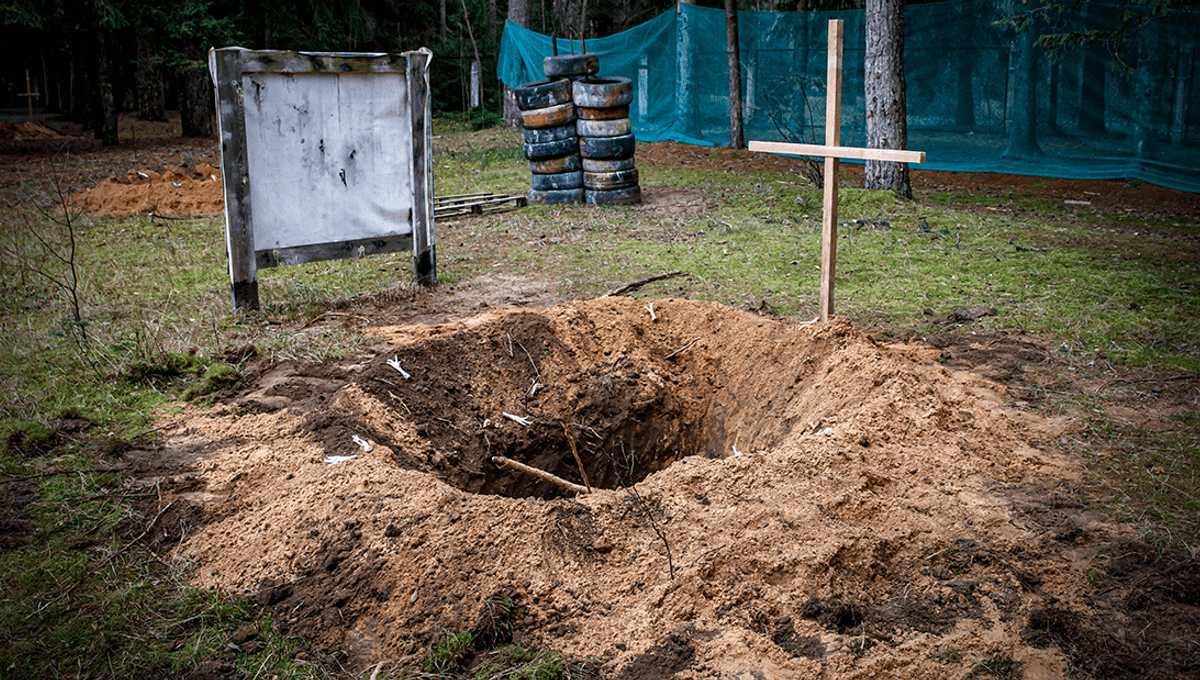
In 1955, the US Atomic Energy Commission came up with a plan to collect human tissue and bone, particularly that of children, in order to carry out ethically-dubious experiments that wouldn’t be known about fully and publicly until 40 years afterward.
There was nothing 1950s and 60s America loved more than dropping big nuclear bombs and watching them go boom. From a plan to nuke Alaska (which technically hasn’t yet been taken off the table) to actually nuking space, America wasn’t shy of seeing some scenery and thinking “I know, I’ll put a mushroom cloud there.”
But, in these early days of nuclear weaponry, we still didn’t really know the effects these nuclear tests had on the human body. We had estimates on how much radioactive strontium produced by tests would kill a person, but the exact effects of fallout on humans and human tissue were basically unknown and unstudied, and what we did know about levels of strontium-90 worried scientists at the time. And yet, the world continued to test weapons.
It was in this environment that scientists at the Sunshine conference (which looked at the long-term effect of atomic weapons) argued in favor of sampling strontium fallout in humans, to determine whether potentially damaging levels of it were present in different populations.
Given that the idea was first spawned at the “sunshine” conference, the project to do this – when it was taken up by the Atomic Energy Commission – became known as Project Sunshine, which is a hell of an upbeat name considering all the flesh and bone-harvesting that was involved.
In 1955, there was a meeting of the Atomic Energy Commission, which came up with some of the specifics of the testing and urged researchers to use their own contacts to discretely get a hold of tissue and bone samples without disclosing the nature of the research being conducted, nor getting the (of course prior to death) permission of the deceased.
“I don’t know how to get them,” Dr. Willard Libby, who sat on the commission and went on to win a Nobel Prize in Chemistry, said in the transcript of that meeting, which was only released to the public in 1995. “But I do say that it is a matter of prime importance to get them and particularly in the young age group. So, human samples are of prime importance, and if anybody knows how to do a good job of body snatching, they will really be serving their country.”
More than 1,500 samples from around the world – many of them from the cadavers of babies – were gathered by the team of bodysnatchers, with some researchers claiming that they were needed for measuring natural levels of radium in the population. In one particularly grim example, a stillborn baby’s legs were removed by researchers in the UK, and the mother told that she couldn’t dress the baby for the funeral, to conceal from her that her legs had been taken for the project.
“I asked if I could put her christening robe on her, but I wasn’t allowed to, and that upset me terribly because she wasn’t christened,” the mother said in a 1995 documentary. “No one asked me about doing things like that, taking bits and pieces from her.”
When the truth came out years later, many people were appalled by how the samples were collected. The project itself, meanwhile, found that strontium 90 was, in fact, not great for humans.
“The bone-retentive and radioactive properties of Sr90 endow it with a high carcinogenic capability,” the project found. “A given amount above threshold (which may be zero) fixed in the bone will cause a certain average percentage of the population to die of bone cancer comparable with that observed in victims of radium poisoning.”
“Young and growing tissue is most susceptible to radiation damage.”
Source Link: Project Sunshine: The Worldwide Conspiracy To Collect Children's Tissue And Bones That's Actually True